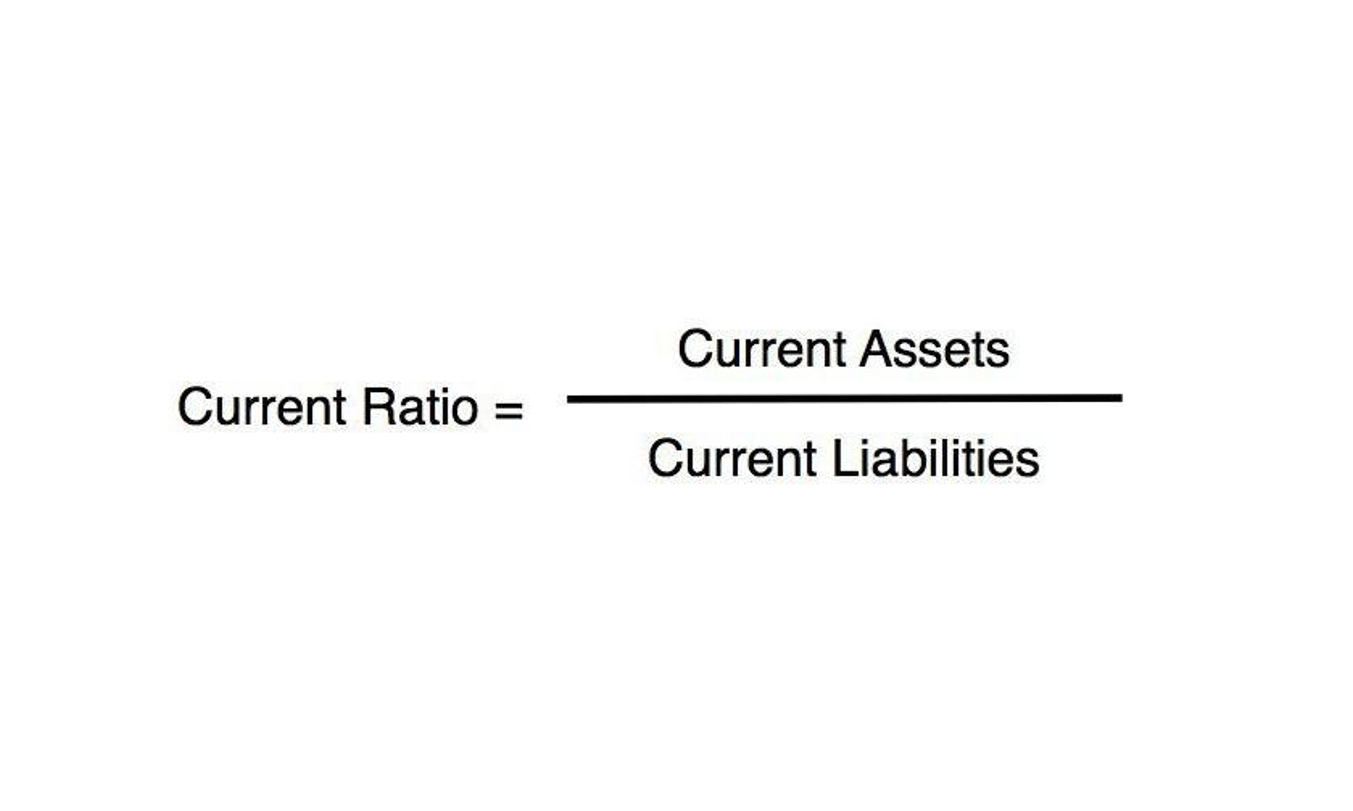What Is a Financial Ratio? The Complete Beginner’s Guide to Financial Ratios

Insurance Expense, Wages Expense, Advertising Expense, Interest Expense are expenses matched with the period of time in the heading of the income statement. Under the accrual basis of accounting, the matching is NOT based on the date that the expenses are paid. As you can see from the following common-size balance sheet (with amounts omitted) each item is expressed as a percent of the company’s total assets.

Business Case Financial Analysis Template

The debt-to-equity ratio compares total liabilities to shareholder equity. The debt service coverage ratio compares earnings to total debt payment obligations. The receivables turnover ratio measures how efficiently a company collects payment for credit sales during a period. It indicates the number of times average receivables are turned into cash. The operating cash flow ratio measures how well a company pays off its current liabilities with the cash generated from its core business operations. This means for every Rs.1 in assets, XYZ Company generated Rs.2 in revenue.

Example 3: Management Decision-Making
These can be used to evaluate either how a company’s performance has changed over time or how it compares to other businesses in its industry. Make sure that you will first identify the current economic characteristics that define the industry where the business is at. This can actually impact the results that you need to analyze from financial statements. Business financial analysis can make it faster for business owners and the management to look into financial data closer. There are certain information like sales figures that can be deceiving.
Why is Analyzing Financial Statements Important?
Valuing is so hard since the resources a company has been organized financial ratio analysis example in a way for which it becomes challenging to determine the final value. This is a good receivables level it means that you can collect money from your customers on average every 100 days. Through this ratio, you know that every 67 days your inventory will be turned in sales.
Aside from gap analysis and customer analysis, business financial analysis is one of the most important corporate documents that a business should have. If you want to truly take care of your finances and other resources, you first have to know what you are working on and in what condition you are currently in. The information in your business financial analysis must be complete, organized, and well-presented so you can ensure its maximum effectiveness.
Business Risk Ratios
- They were more than instructors, they tried to get to know you as a person and tried to understand your goals so they could push you towards them.
- The financial statements and ratios of the competitors are compared side-by-side to evaluate relative strengths.
- This is because we want to understand how the company’s trend evolved over time.
- Internally, an integrated financial operations platform like BILL can help you improve efficiency and enhance visibility by managing the company’s financial workflows from one central location.
- In short, although we can make a first assessment of the company’s financials through the first and second step, we are still missing some pieces to complete our puzzle.
- Interest earned by a bank is considered to be part of operating revenues.
Maintaining an optimal leverage structure promotes growth while avoiding excessive interest expenses that create financial distress. Tracking leverage over time provides a benchmark to inform financing decisions and evaluate financial health. Internal teams often have more data available than what’s reported on their financial statements. For example, the current ratio is calculated by dividing current assets by current liabilities.
Valuation Ratios
Adding trendline analysis enhances the insights from ratio analysis and historical financial review. Investors are better equipped to predict future performance based on clearly visualized financial trends. While past performance does not guarantee future results, trendline analysis provides the critical context and perspective needed for informed investment decision-making in the stock market.
Select the financial statements for your analysis
Current ratios do not accurately represent a company’s future outlook or intrinsic value. Using projected data in addition to historical ratios helps to offset this limitation. Ratios relating expenses to sales or assets could quantify how efficiently a company is operating. The operating expense ratio shows how much it costs to generate each dollar of sales revenue. Trend analysis and comparison to industry benchmarks reveal improvements or deteriorations in operating adjusting entries efficiency over time.
Efficiency Ratios
Analyzing liquidity and stability ratios such as current ratio and quick ratio, helps you assess your company’s ability to pay its bills and avoid financial distress. One of the main financial statements (along with the statement of comprehensive income, balance sheet, statement of cash flows, and statement of stockholders’ equity). The income statement is also referred to as the profit and loss statement, P&L, statement of income, and the statement of operations. The income statement reports the revenues, gains, expenses, losses, net income https://www.bookstime.com/articles/quickbooks-payroll-services and other totals for the period of time shown in the heading of the statement. If a company’s stock is publicly traded, earnings per share must appear on the face of the income statement. Delve into the world of Ratio Analysis, a powerful tool that equips you with the insights to understand a company’s financial health, make informed investment decisions, and assess its creditworthiness.
